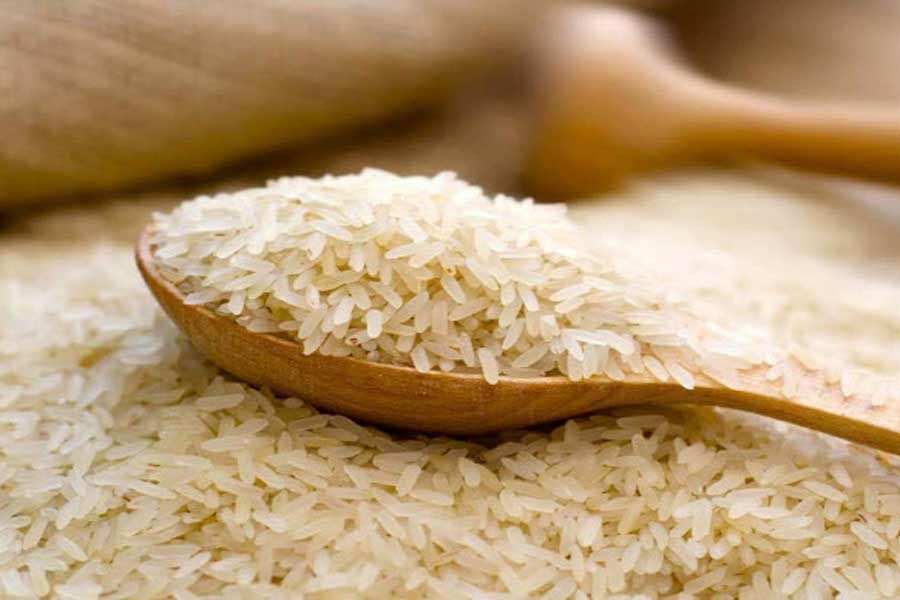The prospect of meeting the just-announced procurement target for Aman this year remains somewhat clouded because of several factors. Notable among them are high prices of rice in the market, possible shortfall in production due to consecutive floods and dwindling volume of rice stored in the public silos. The rice prices have soared to a record high level in recent weeks and those are unlikely to come down before an improvement in supply situation. That might happen following the harvest of Aman crop and the import of the main staple in sufficient quantities by both private and public sectors.
The prices fixed for procuring rice and paddy by the directorate general of food, are thought to be not realistic by the rice millers. The government has hiked the procurement Aman price of rice by Tk. 1.0 a kilogramme (kg). The government, at the same time, has decided to procure higher quantity of milled rice from the millers this year than that of the last Aman season. But in the case of paddy, the procurement price has remained unchanged. The paddy procurement target has also been cut drastically, from 627,000 tonnes to 200,000 tonnes for the upcoming Aman harvesting season.
Both millers and rice growers have found the official procurement prices for rice and paddy unrealistic because of the high cost of production this year. They cite recurrent floods as the reasons. The farmers in the flood-affected areas had to prepare their land and transplant rice saplings more than once and that involved an extra cost.
Yet another issue--- the government's decision to downsize the paddy procurement target---does deserve a discussion since the procurement of greater quantity of paddy does help the farmers get better price for their produce. Between the years 2016 and 2018, the government had not procured a single grain of paddy. But, following strong recommendations made by the experts and researchers from home and abroad, the government, during the 2019 Aman season, procured paddy nearly double the volume of milled rice.
The International Food Policy Research Institute (IFPRI), in a recent study, had also strongly suggested procurement of more paddy to help offer better prices to the growers. The volume of rice and paddy usually procured by the government in the case of both Aman and Boro is very insignificant, compared to their total production. It would be between 6.0 and 7.0 per cent, at best.
The agriculture minister has expressed his fear that if the government decides to buy Aman rice at higher prices, the rice prices in the market might go further up, causing more hardship to the poor consumers. Such an apprehension cannot be dismissed outright. The import of rice by both private and public sectors, however, might help the rice market ease to a certain extent. Besides, the government does need to build a healthy food stock to meet any eventuality in the coming days.
The current government rice stock is estimated at around 800,000 tonnes as against the usual reserve of 1.2 to 1.5 million tonnes. By now, a certain volume of rice should have been imported to help create a calming effect on the overheated rice market. A decision on import, according to the agriculture minister, would be taken after the harvest of Aman crop. The wait appears to be a bit long. If the official procurement drive fails to meet the target in the upcoming Aman harvest season---it did happen during the last Boro season--- the delay in rice import might prove quite unsettling.


